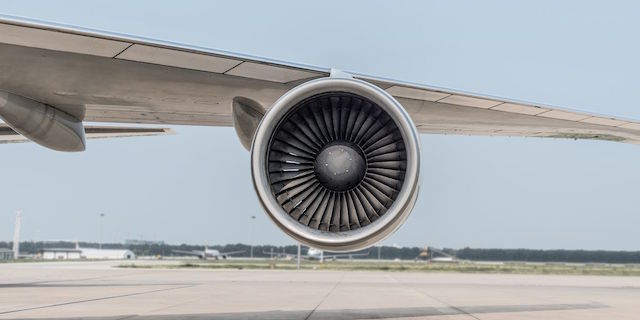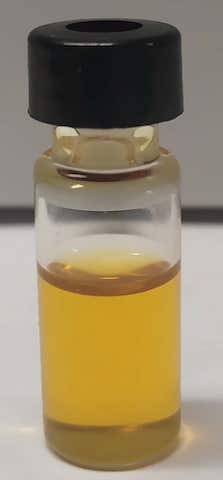
Oxford University researchers plan within the next few years to have a commercial jet aircraft fly from England to the United States on fuel made from natural greenhouse gas.
The team says its study of a reverse-engineering process could transform carbon dioxide in the air into fuel for jet engines and, if successful, result in ‘net zero’ emissions from aircraft.
What the finding could ultimately mean for the future of the on-ground transport industry – cars, buses, trucks, trains – is still many years away.
The experiment, reported in the journal Nature Communications, was conducted in a laboratory and needs to be replicated on a much larger scale. But the researchers are hopeful that it could be a climate game-changer, resulting in carbon-neutral emissions from aircraft.
The thumbnail sketch: a passenger jet, for example, would be fuelled with the carbon dioxide liquid while on the ground and release it as a gas through the combustion process while in flight.
Said Peter Edwards, a professor of inorganic chemistry at Oxford and a lead researcher on the project: “We need to reuse the carbon dioxide rather than simply burying or trying to replace it in the aviation industry. This is about a new and exciting, climate-conscious, circular aviation economy.”
 Jet fuel is similar to petrol in that both come from fossil fuels. However, they go through different refining processes, which results in jet fuel being heavier, with a lower freezing point and more carbon atoms.
Jet fuel is similar to petrol in that both come from fossil fuels. However, they go through different refining processes, which results in jet fuel being heavier, with a lower freezing point and more carbon atoms.
When the fuel is burned during travel, the hydrocarbons are released into the atmosphere as carbon dioxide, the most common of the planet-warming greenhouse gases. Edwards and his team reverse-engineered that process, turning the gas back into a usable liquid via “organic combustion.”
The researchers used oxides of iron, manganese and potassium as a catalyst, and added citric acid. They then introduced carbon dioxide from a canister. Heating this mixture to 350deg celsius in flowing hydrogen created a liquid that they believe would act like jet fuel if produced at scale.
The experiment was done in a stainless-steel reactor and only produced a few grams of the liquid (right). The aim is to figure out how much CO2, hydrogen and catalyst would be required for a long flight.
The goal then is to produce that amount, Edwards said. The idea for the real world would be to capture large amounts of the gas from either factories – coal-burning power plants, for instance – or directly from the air, a process called ‘direct-air capture’.
If successful, the development could join a long list of other aviation fuel alternatives meant to directly replace conventional jet fuel. The researchers say the method would also be cheaper than existing methods that turn hydrogen and water into a fuel, a process called hydrogenisation, mainly because if would use less electricity.
Aviation fuel experts in Europe and the US outside of the experiment champion the idea but wonder whether it will be feasible at scale since it’s more complicated to extract carbon dioxide from the air than from a canister.
One industrial chemist in the US told newsmen: “Getting carbon dioxide directly from the air is a very difficult process because it’s so dilute. There’s so little carbon dioxide in the air, it’s only 400 parts per million or .04 per cent. While this is an interesting new development, the overall process isn’t something that’s going to be easily picked up and commercialised.”
